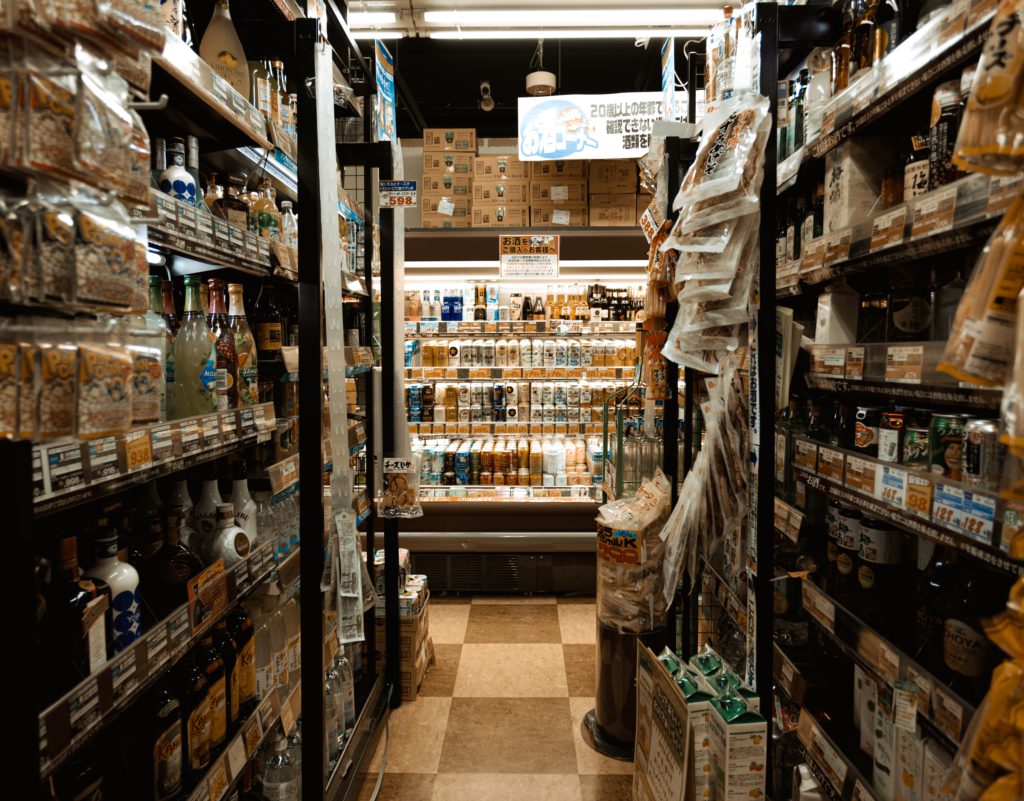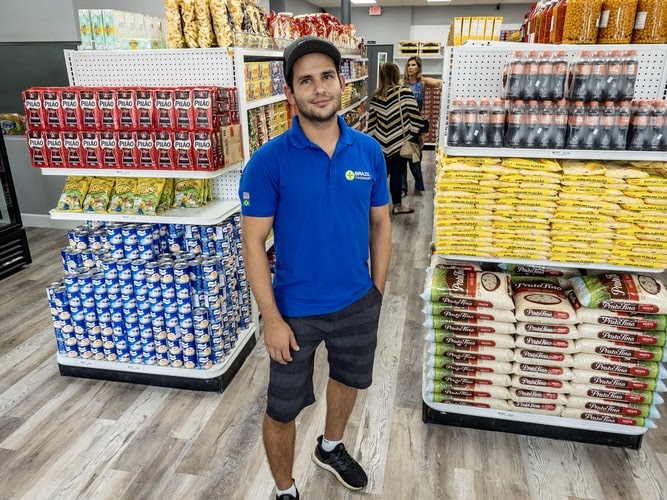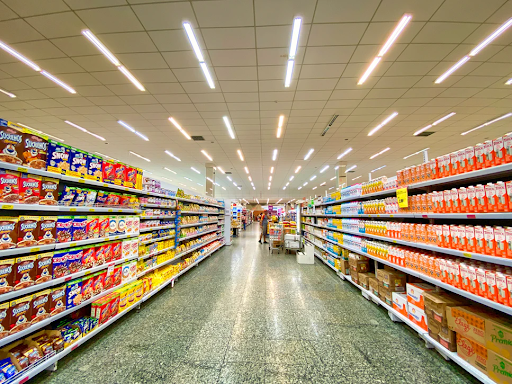
For CPG/FMCG manufacturers, sales performance is a primary growth driver. But, their sales forces have little time to allocate to each store, which can highly impact their target reachability. In this blog, we look at the state of in-store data collection and retail audits in the CPG/FMCG industry and explore the best methods to improve in-store data collection.
Given the vast number of products distributed across a massive store universe knowing exactly what’s happening on the shelf is extremely difficult. At the very least, sales teams often need to know:

1. In-store product placement
Product placement plays an extremely crucial role in how the product will perform on the shelf. It goes without saying that customers are more likely to buy items that are visible to the eye (eye-level is buy level). That is why placing the product at the eye-level is important. Apart from that, brands also need to make sure that they have covered the basics like the products are facing the right direction with the right promotional tags, and are well stocked. And most importantly, retailers should realize that stockouts cause walkouts. In fact, an estimated USD 1 trillion is lost by retailers yearly because they don’t have on hand, what their consumers want.
2. Planogram Compliance
Even today, the challenge that retailers and brand owners face is to measure the degree of compliance of a shelf set against the planogram schematic. For this, it is necessary for them to periodically verify that products on shelves exactly match the planogram. Because planograms are based on demographic insights, they help retailers fine-tune their execution, display the right assortment mix for customers in a particular area, and influence the customers’ purchasing decisions.

3. POS Material Compliance
The level of Point of Sale Material (POSM) compliance on the shelf determines whether your new launches or promotions are performing well or not. For a POS display to be effective, its location and the featured product need to go hand-in-hand. The advantage of POS materials is that they contribute to higher overall sales , increase the chance of success of a new launch or the number of items a customer purchases.
4. Competitor’s Activities
Monitoring competitors’ activities can help keep a check on their merchandizing and promotional strategies. It is a good way to understand what is working for them on the shelves and design a better execution strategy for your product to maximize customer engagement.
Each of these factors affects the success of brands in the retail environment and their overall sales. So how does the CPG/FMCG industry monitor shelf health?
Traditional Methods of Collecting In-Store Data
Brands typically monitor shelf by getting their representatives or partners to get images of retail shelves from different regions of the country and then code the attributes (brand facings, area, count) manually.
Manual analysis is complicated, time-consuming, and costly. It is difficult to manage around work-peaks. Manual analysis is often prone to human error, insufficient analysis & theoretical interpretations. All this makes it difficult to ensure the quality of retail audit data. By the time the data reaches the management (almost after a month), it is too late and the data is insufficient for the management to intervene and quickly change implementations on-ground.

OVERCOMING THE LIMITATIONS OF TRADITIONAL METHODS WITH IMAGE RECOGNITION
All the redundancies in the traditional data collection method can be easily overcome with the help of technologically advanced image recognition solution.
Using artificial intelligence to improve retail execution is an emerging concept.
With advances in AI technology, auditing and shelf management using Image Recognition digitizes store checks. It plays an essential role in understanding the shelf conditions and how they affect the sales of their core SKUs. It analyzes the visual display to ensure the store is in compliance with the planogram for your consumer goods. With smart solutions and tools, data can be updated in real-time so that proper corrective measures can be taken rapidly as required.
This would ensure that the whole process becomes much faster and the reps are able to cover more stores in one day. It would be further beneficial if quick monitoring can translate to making the data available seamlessly to the decision-makers. It helps in ensuring that everyone from the reps to the store owner could be quickly instructed to fix the gaps in the execution strategy.
With Image recognition, brands are able to monitor the availability of the product on the shelf at least for the first 1 month of the launch in key outlets and high-velocity stores. Real-time feedback on the images from the shelf can help improve the gaps in planogram compliance and in-store marketing initiatives.
Collecting In-Store Data Using ShelfWatch

ParallelDots offers ShelfWatch as an image recognition solution for the FMCG/Retail Industry.
The core methodology is as follows- images are clicked using a handheld device either by the sales reps, the merchandiser, or in some cases a third-party auditor. The images are then uploaded to the ShelfWatch cloud server for analysis. Within a few minutes, the sales reps get actionable insights to take the necessary corrective measures.
This data also helps the management team in measuring their execution strategy and gauging how the products are performing on the shelf.
Deploying ShelfWatch is easy and hassle-free. With low training set-up time, one good quality image of the SKU is all it takes to set up ShelfWatch for product recognition. The training takes less than 48 hours to complete and then ShelfWatch is ready to provide insights from the real-world.
This is one aspect where Shelfwatch really shines when compared to other Image Recognition solutions in the market. While other solutions might take up to 90–120 days setup time, ShelfWatch’s agile AI training methodology ensures that new SKUs are learned very fast and sales reps are instantly alerted.
Shelfwatch’s algorithm is trained in such a manner that it automatically analyzes the images to give out a comprehensive analysis involving KPIs like out-of-stock, share-of-shelf, planogram compliance, etc.
Want to see how your own brand is performing on the shelves? Click here to schedule a free demo for ShelfWatch.
- Author
- Recent Posts
(see all)
- ShelfWatch – A Smart Image Recognition based Retail Execution Software - November 10, 2021
- How Photo Recognition helps in Retail Shelf Monitoring - October 23, 2021
- Announcing our ISO 27001:2013 Certification - August 14, 2021



